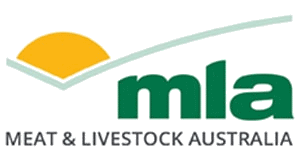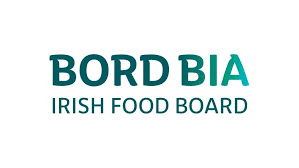Growing Volatility in the Australian Cow Market
Volatility in Australian Cow Market Driven by Shifting Fundamentals and Record Prices
The Australian cow market is experiencing increasing volatility, with shifting market fundamentals likely causing the fluctuations. Record prices have led producers to capitalise on a strong cow market, influenced by weather conditions and a changing geopolitical landscape.
Market Fundamentals
The cow market is currently dominated by the basic principles of supply and demand. When supply increases, prices tend to ease. This is evident as an increase in the supply of leaner cows has decreased the price, but producers are trying to take advantage of the highest prices seen in over three years.
Price Trends
For the final week of March, the weekly average price for the Processor Cow Indicator sat at 304¢/kg liveweight (lwt), which was 10% above the previous week’s price and 28% above the 10-year average. Last week, the price lifted by 33¢ to 319¢/kg lwt, with heavy cows at Wagga being sold for 322–360¢/kg lwt. Producers flocked to the saleyards, resulting in a 40% lift in the throughput of cows to the market. Wagga recorded 2,150 cows on 7 April and 1,995 cows on 14 April.
A similar trend was seen at Dalby on 9 April, with cows and heifers dominating the sale. The saleyard recorded 991 cows while prices eased by 27¢ to 285¢/kg lwt. However, in the previous week, cow yardings sat at 513 while prices lifted by 31¢ to 312¢/kg lwt. An increase in yardings has meant a decline in quality, with a larger proportion of leaner types of cows coming to the market; however, heavy cows still command a premium over leaner cows.
Regional Variations
The volatility in the cow market is reflected in different regions. At Wagga, heavy cows were sold for 322–360¢/kg lwt, while at Dalby, prices eased to 285¢/kg lwt. The varying prices across regions indicate the impact of local supply and demand dynamics.
Impact of Weather and Geopolitical Factors
Uncertainty in the meat market will drive volatility. The US tariffs, as well as the recent floods in Western Queensland, have created an environment for potential market volatility. The impact of these events on the market is unknown but has led to producers being more cautious.
The Australian cow market is experiencing significant volatility, driven by shifting market fundamentals, record prices, and external factors such as weather conditions and geopolitical changes. Producers are capitalising on the strong market, but the future remains uncertain as these factors continue to influence prices and supply dynamics.
Attribute content to: Emily Tan, MLA Market Information Analyst.

